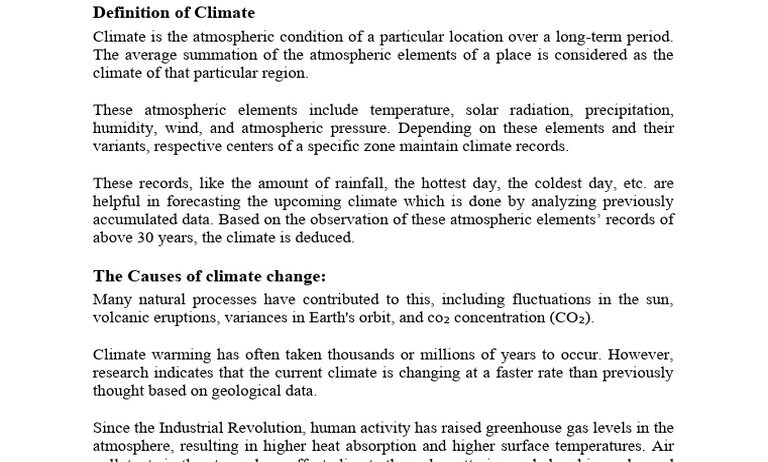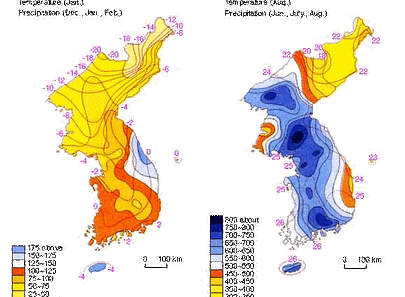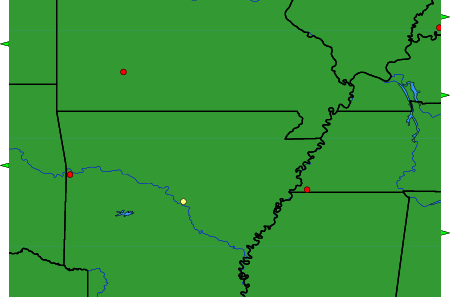Understanding the difference between weather and climate is essential for comprehending the environmental challenges our planet faces today. While these terms are often used interchangeably in casual conversation, they represent distinctly different concepts that play significant roles in our daily lives and the broader context of climate change.
Definitions and Scope
Weather refers to the short-term atmospheric conditions in a specific place at a specific time. It encompasses a myriad of phenomena—temperature, humidity, precipitation, wind, and visibility are some of the elements that constitute weather. For instance, when one looks outside and observes a rainy day with clouds obscuring the sun, that’s weather at play. In contrast, climate represents the long-term average of weather patterns over extended periods—typically decades or centuries—within a given region. Climate takes into account the statistical averages and variations in temperature and precipitation, summarizing the general characteristics of a place. For instance, the Mediterranean climate is defined by hot, dry summers and mild, wet winters.
Time Frame: A Critical Distinction
The primary distinction between weather and climate hinges on the time frame considered. Weather is fleeting, changing minute-by-minute and hour-by-hour. It is dynamic and often unpredictable. Meteorologists rely on various models and data to forecast weather, which may only be accurate for a few days ahead. Conversely, climate is consistent and stable, providing a backdrop against which weather can be interpreted. Whereas one might experience a particularly scorching summer day, climate data would allow for an understanding of how that day fits into the broader patterns of seasonal temperatures.
Geographical Influence
Geography significantly influences both weather and climate. Weather systems can differ notably in separate locales but can also exhibit similarities under specific atmospheric conditions. For instance, a coastal area may experience a mild and humid climate while the interior land might be characterized by dry and arid conditions. Additionally, mountains can create unique weather patterns known as orographic lift, leading to rain shadows on one side and arid conditions on the other. In contrast, climate is shaped over long periods by both latitude and geography, affecting ecosystems, biodiversity, and human settlements across the globe.
Variability and Extremes
Weather can exhibit extreme variability, often changing abruptly. A sunny morning can devolve into a thunderstorm by the afternoon due to the interaction of various atmospheric pressures and temperatures. Such extremes can produce severe weather events, including hurricanes, blizzards, and heatwaves. Climate, however, is marked by trends over time. It reflects the increasing presence of extreme weather patterns due to anthropogenic climate change, where long-term data demonstrates a shift in weather patterns, with more frequent and severe occurrences of both extreme heat and heavy rainfall.
Measurement and Prediction
The methodologies employed to measure and predict weather and climate differ substantially. Weather forecasting utilizes immediate data, satellite imagery, and radar technology, focusing on real-time analysis of atmospheric conditions. This short-term forecasting can yield accurate predictions for days or weeks. Climate science, on the other hand, relies on extensive historical data—often collected over decades—utilizing climate models to predict future conditions based on past trends. These models account for numerous variables, including greenhouse gas concentrations, solar radiation, and ocean currents, making them complex yet essential for understanding future climate scenarios.
Implications for Society
The implications of understanding weather versus climate are vast, particularly in the context of climate change. Predicting weather patterns is crucial for immediate disaster preparedness, aiding in responses to severe weather events and ensuring public safety. In contrast, an understanding of climate helps inform policies related to urban planning, agriculture, and environmental conservation. Knowledge of climate variations allows governments and organizations to mitigate the impacts of climate change by developing strategies tailored to specific climatic regions.
Public Awareness and Education
One of the challenges in addressing climate change is the general public’s misunderstanding of weather and climate. Educating individuals about these concepts can enhance awareness of the urgency of climate issues. Recognizing that weather events such as hurricanes or droughts may be amplified by a changing climate fosters a deeper appreciation for environmental stewardship. Public campaigns should aim to clarify these differences, emphasizing that while we may encounter variable weather, the overarching trend of climate change is insidious and far-reaching.
Concluding Thoughts
In summary, distinguishing between weather and climate is crucial for navigating the complexities of environmental science and climate change. Weather captures the ephemeral conditions we experience daily, while climate represents the long-term patterns that shape ecosystems and influence human activity. Understanding these distinctions not only enhances personal knowledge but also equips society to address the pressing challenges posed by climate change. Through education and awareness, we can advocate for sustainable practices, pressing for policies that contribute to the mitigation of climate change, ultimately safeguarding our planet for future generations.








